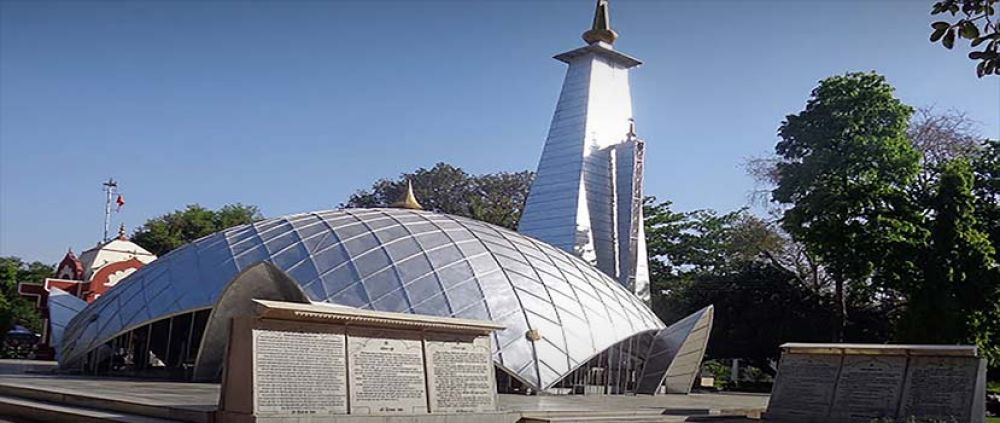

The EME Temple, also known as the Dakshinamurty Temple, is a remarkable architectural feat located in the vibrant city of Vadodara, Gujarat, India. This temple stands as a symbol of secularism and is one of the few temples in India that is managed by the Indian Army Authorities. The history of tourism related to the EME Temple is as much about its unique structure as it is about the spiritual significance attached to it.
Constructed in 1966, the EME Temple was built by the Electrical and Mechanical Engineering (EME) Corps of the Indian Army. Unlike traditional Hindu temples, the EME Temple is distinct because it incorporates the design elements of various religions, including Hinduism, Islam, Christianity, and Buddhism, reflecting the secular ethos of the Indian Armed Forces. The significance and uniqueness of this temple have been pivotal in attracting tourists from all over the world.
In its early years, the EME Temple gained popularity primarily among the army personnel and local residents. However, over time, the temple started gaining recognition for its unique aluminium roof and striking geometrical design, drawing in architects, history enthusiasts, and spiritually inclined tourists alike. With the rise of religious tourism in India, the EME Temple stood out as a non-conventional site that departed from regional and religious exclusivity.
Today, the EME Temple is not just a pilgrimage site, but a must-visit tourist spot in Vadodara. Visitors are captivated by the serene atmosphere and the temple's beautiful blend of contemporary design with traditional motifs. With the growth of social media, the popularity of EME Temple as a highly Instagrammable location has surged, attracting younger audiences interested in architecture, culture, and photography.
Furthermore, the increased focus on promoting domestic tourism by the Indian government post the pandemic has seen a rise in visitors at the EME Temple. The facility has also implemented measures like guided tours and educational programs to provide enriching experiences to tourists.
Enhanced infrastructure, including better connectivity, improved accommodation options, and visitor centers, has made the temple more accessible to a wider audience. The proximity of the EME Temple to other tourist attractions in Vadodara like the Laxmi Vilas Palace, Sayaji Baug, and Baroda Museum has further contributed to its increasing popularity amongst tourists.
Looking ahead, tourism at EME Temple is poised to grow with continuous efforts to promote Vadodara as a cultural hub. The commitment of the local government and tourism boards to preserve and showcase the cultural heritage of the region, coupled with a growing interest in experiential and educational travel, suggests a bright future for tourism at the EME Temple.
In conclusion, the EME Temple remains an essential part of Vadodara's identity, inviting visitors to explore its unique architectural wonder and experience the harmonious blend of traditions and beliefs that it represents.